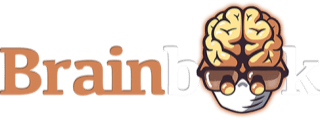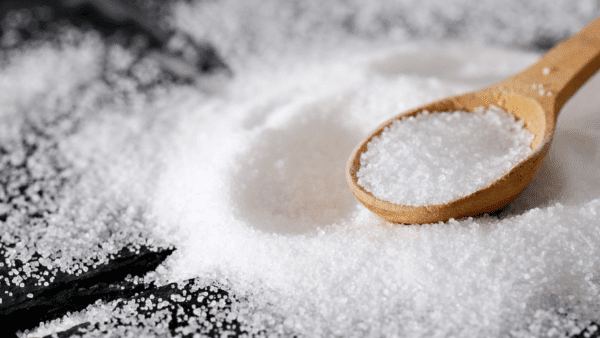Ollie has recently smashed the Academic Foundation interview so he’s put together his top tips to get you into Academic Foundation!
Blog
Salt Disorders in Neurosurgical Patients
What are the most common salt disorders in neurosurgical patients? Various salt disorders can occur in neurosurgical patients including hormone disorders, medications-induced disorders and volume-related problems. The most common are: hyponatraemia which is a low blood sodium concentration (<135 mmol/l) without any identifiable cause SIADH – syndrome of inappropriate anti-diuretic hormone (ADH) secretion Cerebral salt […]
Acute Subdural Haematoma (aSDH)
What is an acute subdural haematoma? An acute subdural haematoma (aSDH) is a collection of clotting blood that fills up the space between the outer covering of the brain (dura) and the brain itself. The bleeding happens when veins on the surface of the brain tear after a head injury. The blood keeps accumulating and […]
How to write an AUDIT – Medical edition
Want to know how to write an audit? This video is for you. Clinical audit is time-consuming if you don’t know what the key steps are and how to do it, so check this out.
Spinal Dysraphisms
What is spinal dysraphism? Spinal dysraphism is a condition in which the spine does not form properly in a foetus, causing a gap in the spine. The spinal cord is the inner column of nerve tissue running along the length of the spine required for communication between the brain and the lower body. We know […]




